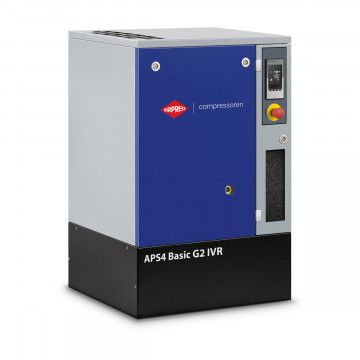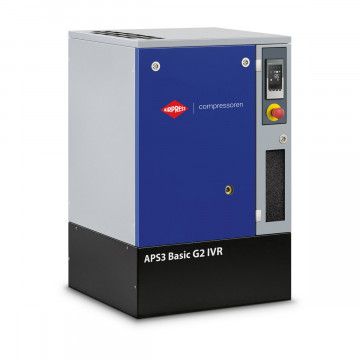Variable speed screw compressors | Airpress
The drive technology in a variable speed screw compressor operates differently compared to fixed-speed models. The motor shaft rotates at an optimal speed based on the compressed air demand in a facility. As the need for compressed air increases, the compressor motor’s rotational speed rises, ensuring a higher airflow. Conversely, when demand decreases, the motor slows down automatically, consuming only the necessary energy to maintain the required minimum flow.
Variable speed compressors adjust their output power to match real-time compressed air requirements while simultaneously regulating motor speed. When your facility does not require intensive compressor operation, this technology proves invaluable by eliminating unnecessary energy waste, ultimately saving you money. Considering that compressed air consumption represents over 70% of total energy costs, implementing this technology can lead to estimated savings of 35-50%. Depending on the compressor size, these savings can range from hundreds to tens of thousands of dollars annually, making it a cost-effective investment for any business relying on pneumatic systems.
In today’s cost-conscious market, variable speed compressors are becoming the standard rather than the exception. Many businesses are benefiting from significant annual energy savings, allowing them to reinvest these funds into other essential areas of their operations.


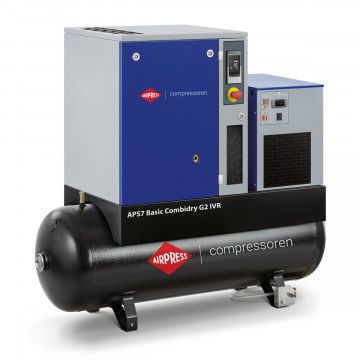
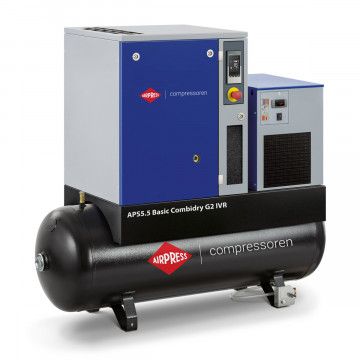
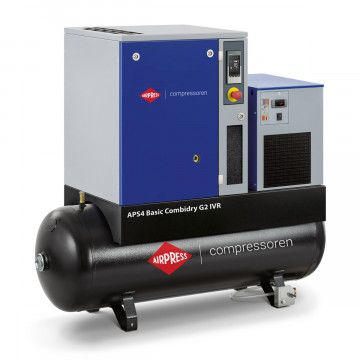
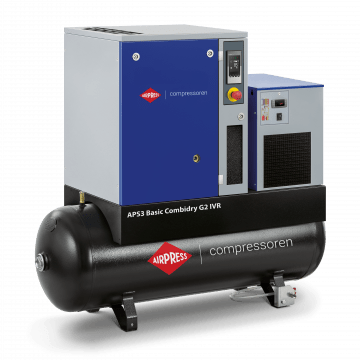
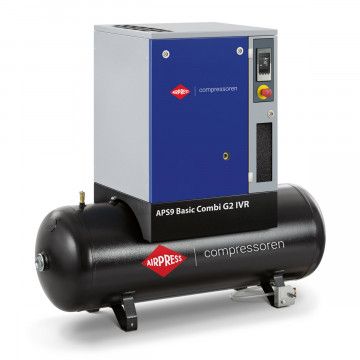
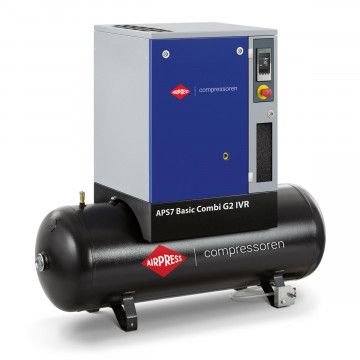
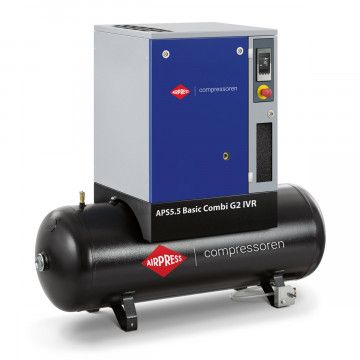

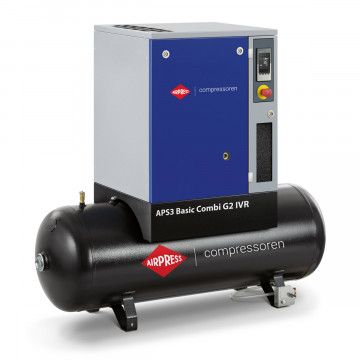
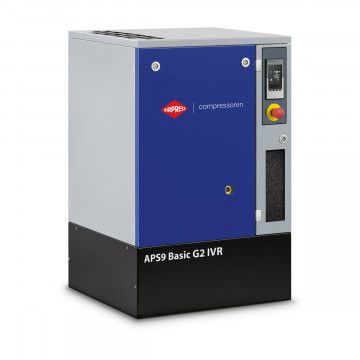
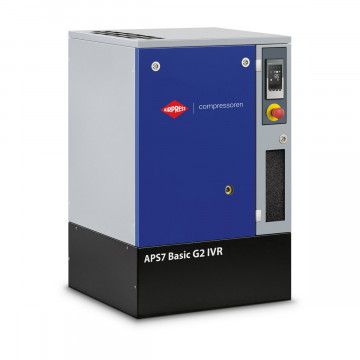



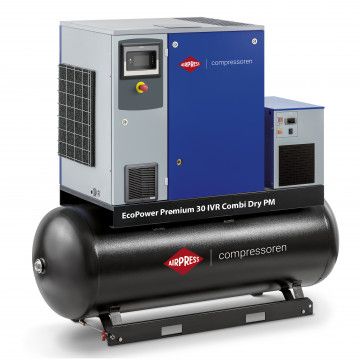
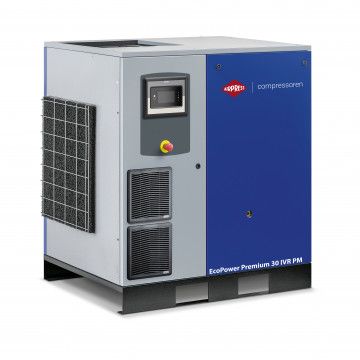
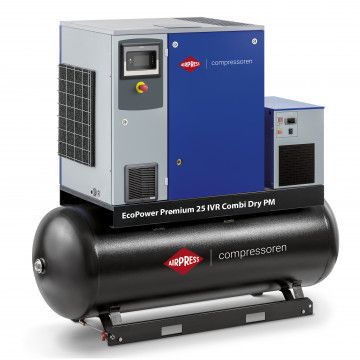
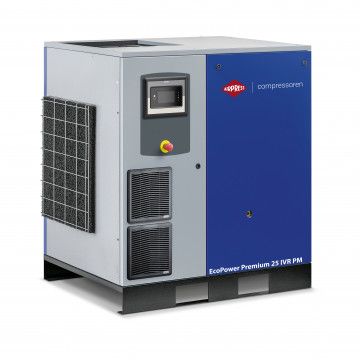

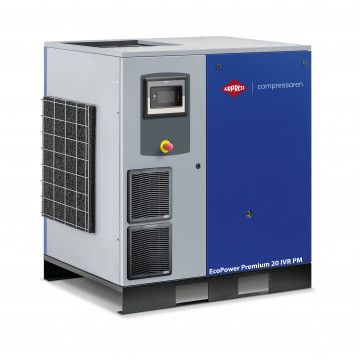

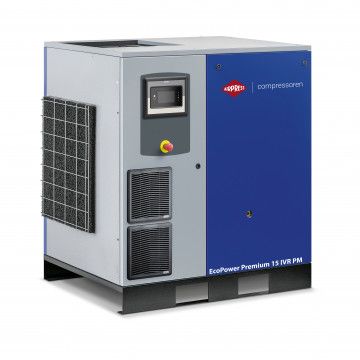


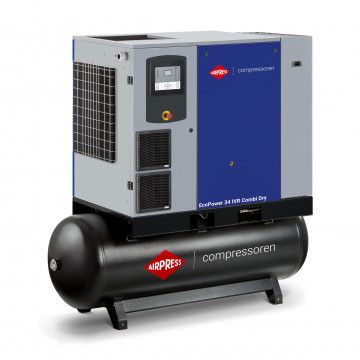
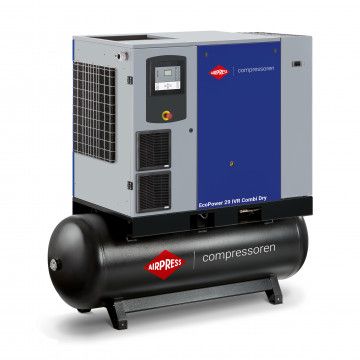
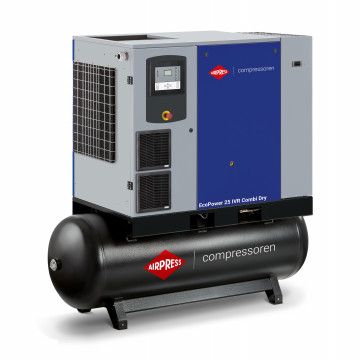
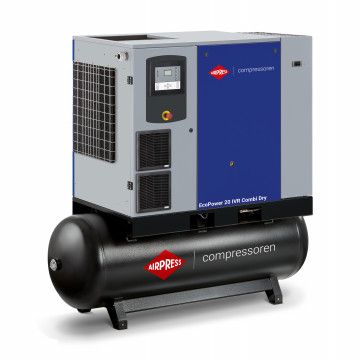
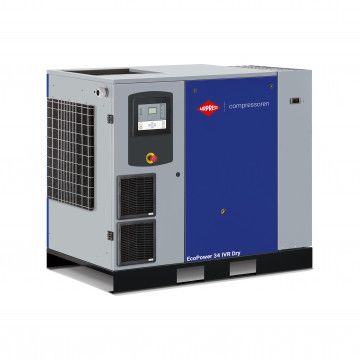

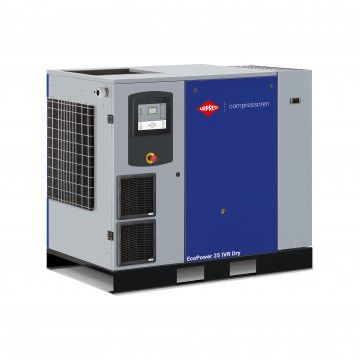
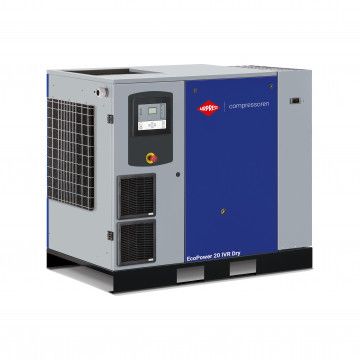
Key Differences Between Fixed-Speed and Variable-Speed Screw Compressors
Screw compressors are among the most widely used and efficient compressed air solutions. They can be categorized into two main types: fixed-speed and variable-speed models.
The fundamental distinction between these two types lies in their operation. Fixed-speed compressors run at a constant speed and are most efficient when operating at 100% of their rated capacity.
However, this design has a notable drawback—reduced efficiency when the compressor is not in full use. When the demand for compressed air decreases, a fixed-speed compressor continues running without producing air, leading to unnecessary energy waste and increased operating costs.
This inefficiency becomes particularly evident in businesses with shift-based operations or facilities that experience significant fluctuations in daily compressed air demand.
On the other hand, variable-speed compressors intelligently adjust their output to match real-time air demand. By dynamically regulating motor speed, they significantly reduce overall energy consumption—potentially lowering electricity costs by up to 50% compared to fixed-speed models. Additionally, choosing an Airpress variable-speed compressor contributes to a greener environment by reducing greenhouse gas emissions. The equation is simple: lower electricity usage = less coal required for power generation, making these compressors an environmentally responsible and cost-efficient choice.
